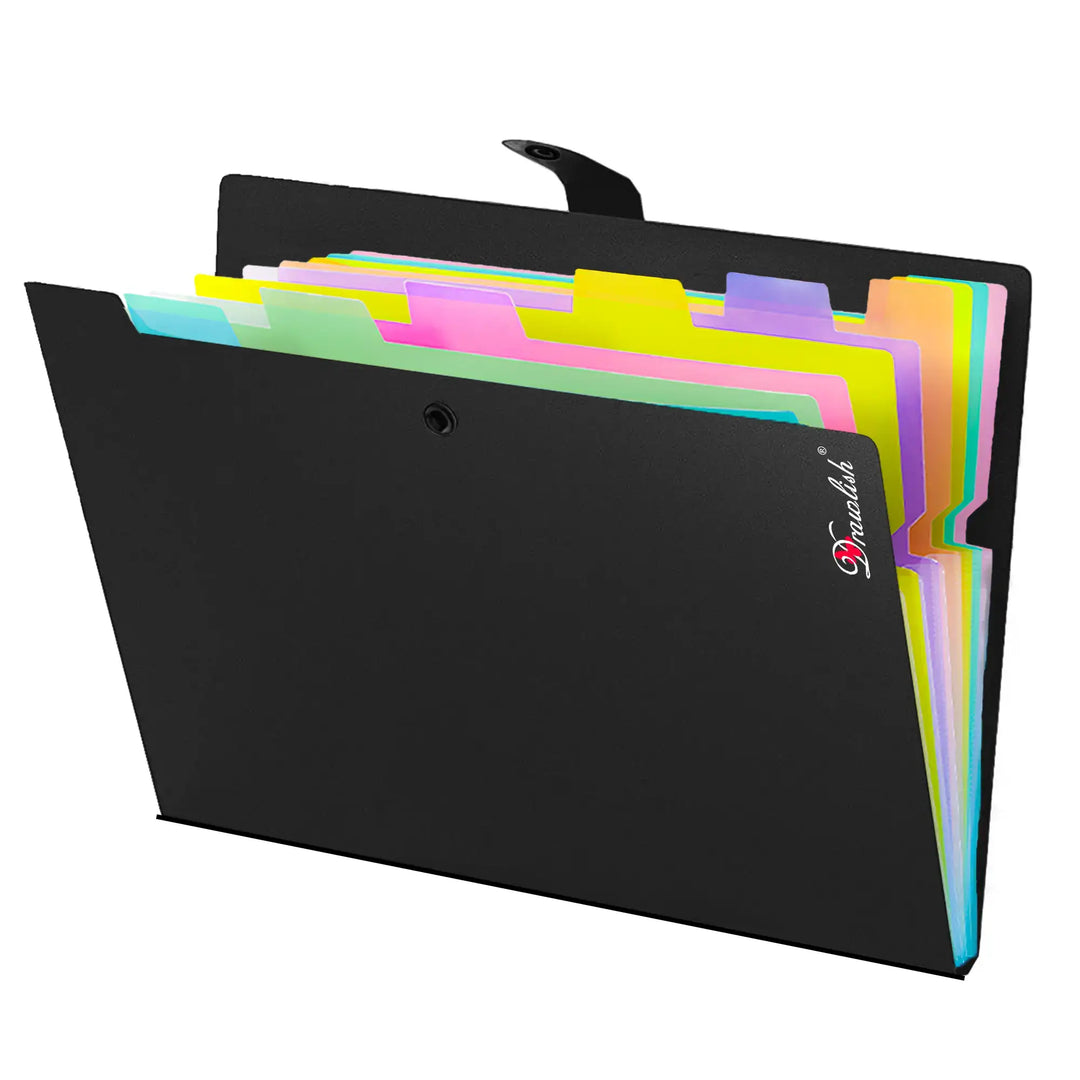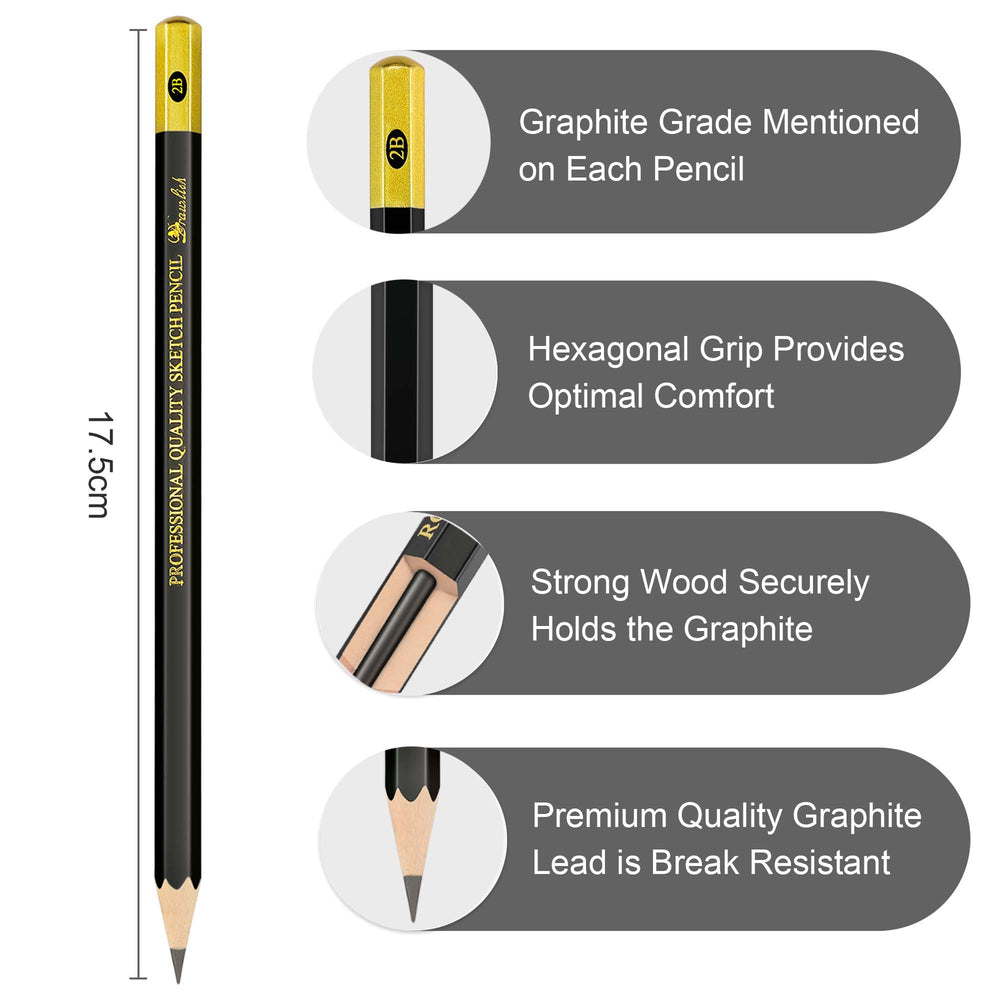Pros and Cons of Water-Based and Oil-Based Paint Pens
Paint pens are versatile tools that can be used for various art and craft projects. They come in different colors, sizes, and types, such as water-based and oil-based. But which one is better for your needs? In this blog, we will compare the pros and cons of water-based and oil-based paint pens, and help you choose the best one for your project.
What are Water-Based Paint Pens?
Water-based paint pens are markers that use water as the main solvent for the paint. They are usually non-toxic, odorless, and eco-friendly. They have a smooth and consistent flow, and they dry quickly on most surfaces. They are also easy to clean with water and soap.
Water-based paint pens are ideal for projects that require a lot of blending, shading, or layering. They work well on paper, wood, glass, ceramic, plastic, metal, and fabric. They are also great for beginners or kids, as they are safe and easy to use.
What are Oil-Based Paint Pens?
Oil-based paint pens are markers that use oil as the main solvent for the paint. They are usually more durable, vibrant, and opaque than water-based ones. They have a thicker and richer consistency, and they dry slowly on most surfaces. They are also resistant to water, fading, and weathering.
Oil-based paint pens are ideal for projects that require a lot of detail, precision, or coverage. They work well on smooth, glossy, or dark surfaces, such as glass, metal, stone, leather, or vinyl. They are also great for experienced or professional artists, as they offer more control and versatility.
Pros and Cons of Water-Based Paint Pens
Here are some of the pros and cons of water-based paint pens:
Pros:
- Water-based paint pens are like the friendly neighborhood artists – super easy to get along with, making them a dream for beginners. No fuss, no muss, just dive right in and start creating.
- Patience is a virtue, but let's be real – waiting for paint to dry can be a bit tedious. Not with water-based pens! They dry at superhero speed, allowing you to layer on colors without feeling like you're in a waiting room.
- Say goodbye to that overwhelming paint smell. Water-based pens are usually odorless or have a subtle scent, making your art zone a much more pleasant place to be.
- Oops, a little spill or a random doodle on the table? No problem. Water-based paint pens are like your art's clean-up crew – just a splash of water, and you're good to go.
- If paper and cardboard are your go-to surfaces, water-based paint pens are your artistic soulmates. They play exceptionally well on these canvases, giving you a versatile playground.
Cons:
- They're a bit picky about where they show off their talents. Water-based pens might not shine as bright on non-porous surfaces like glass or plastic, so choose your canvas wisely.
- Extreme conditions might not be their jam. If your art is destined for the great outdoors, the staying power of water-based pens might take a hit.
- Looking for that pop of intense color? It might take a few layers to get there with water-based pens. Building up the vibrancy can be a bit of a journey.
- If your art style involves intricate details or fine lines, water-based pens might not be your best buddies. Their thicker consistency might not give you the precision you're after.
- Some papers might not be their best friends. On certain types, water-based pens can get a bit rebellious, bleeding or feathering where you least expect it.
Pros and Cons of Oil-Based Paint Pens
Here are some of the pros and cons of oil-based paint pens:
Pros:
- Oil-based paint pens glide on surfaces like a dream, offering a buttery smooth application. The richness and depth of color achieved with these pens are often unparalleled.
- Whether it's canvas, wood, glass, or metal, oil-based paint pens are like the chameleons of the art world – they adapt beautifully to various surfaces, giving you the flexibility to explore.
- Once dry, oil-based paint pens create a resilient layer that withstands the test of time. This durability makes them ideal for outdoor projects or artworks that may face wear and tear.
- If you're chasing after vibrant and intense colours, oil-based paint pens have got your back. They offer a depth of pigmentation that can bring your artwork to life with a bold and dynamic flair.
- Detail-oriented artists, rejoice! Oil-based paint pens excel at providing fine lines and intricate details, allowing you to showcase your precision and skill with ease.
Cons:
- Patience, dear artist. Oil-based paint pens take a bit longer to dry compared to their water-based counterparts. Smudging can occur if you're not careful, so give your masterpiece the time it deserves to set.
- Unlike their odourless water-based counterparts, oil-based paint pens may emit a stronger smell. Adequate ventilation is essential, especially if you're working in an enclosed space.
- Oil-based paint pens demand a bit of prep work. Surfaces need to be clean and, in some cases, primed for optimal adhesion. Skipping this step might affect the longevity of your artwork.
- When it comes to cleaning up, oil-based paint pens can be a bit stubborn. Turpentine or other solvents are often needed, making the cleanup process a tad more involved compared to water-based options.
- Paper might not be their preferred canvas. Oil-based paint pens can bleed and feather on certain paper types, limiting their suitability for detailed work on specific surfaces.
How to Choose the Best Paint Pen for Your Project?
There is no definitive answer to which type of paint pen is better. It depends on your personal preference, skill level, budget, and project requirements. Here are some questions you can ask yourself to help you decide:
- What kind of surface do you want to paint on?
- What kind of effect do you want to achieve?
- How much time do you have to complete your project?
- How much money do you want to spend on your paint pens?
- How important is safety and environmental impact to you?
Based on your answers, you can choose the type of paint pen that suits your needs best. You can also experiment with different types of paint pens to see which one you like better. Remember that there is no right or wrong choice when it comes to creativity. Have fun with your paint pens!
We highly recommend the Drawlish Acrylic Paint Pens Pack of 12, featuring a stunning selection of gold, silver, classic black, and crisp white. These pens are not just tools; they're your creative companions. Whether you're a seasoned artist or just dipping your toes into the world of art, this pack is a must-have. It's time to let your creativity flow with this recommended paint pen set, your next masterpiece awaits!
Our new blog spills the secrets on drawing lavender on ceramic, and it's as easy as 1, 2, 3, 4! We'll walk you through getting the right tools, sketching your lavender vision, painting those beautiful layers, and adding those extra touches to make it perfect. No matter if you're a pro or just getting started, you'll have a blast bringing the calm and beauty of lavender to your ceramic art. So, grab your brushes, let's get creative!







Leave a comment